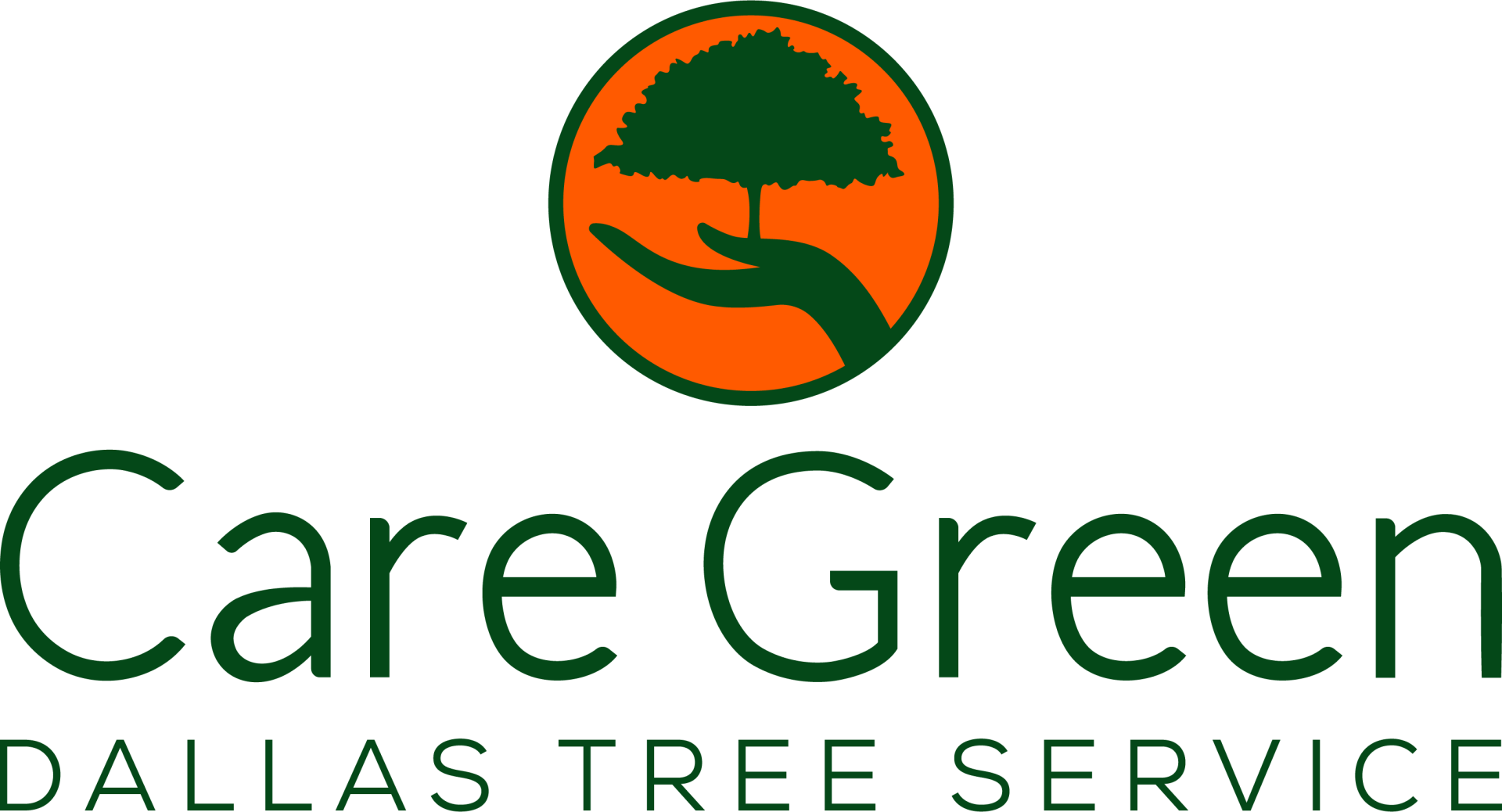Tree Pruning
Affordable Dallas Tree Pruning Services
Tree pruning and tree trimming services are a necessity for anyone looking to improve the health of their property. Tree trimming is often overlooked as an important part of maintaining healthy trees. The key is understanding what tree trimming entails, how to spot problems in your trees, and what the potential consequences could be if you fail to act promptly.
Tree pruning in Dallas, TX is the removal of tree branches or tree limbs that are either dead, diseased, dying (critically injured), crossing with another branch, and blocking sunlight from reaching lower leaves on adjacent live trees.
Why You Need Tree Pruning Services?
Tree pruning services in Dallas are an important part of tree care. Arborists understand the science behind trees and know that they need to be pruned for a number of reasons.
The purpose of tree pruning is to remove branches or tree limbs that have grown too close together and prevent adequate air circulation between the leaves. This is also called “crown thinning.” To maintain the tree in the desired shape by trimming off extra branches. This is usually done to make it easier for people or vehicles to walk underneath, but can also be used as part of an effort to restore a natural form that resulted from selective pruning performed many years ago.
Has a tree fallen on your house, deck, garage, fence, or blocking your driveway? Dallas Tree Service offers tree removal services in Dallas, Texas, and nearby areas. You can talk to us whenever an emergency regarding trees arises. Our service is available 24/7.
Benefits of Pruning Services in Dallas, Texas
Tree pruning services are performed by forestry professionals, who usually carry a chainsaw, loppers, and other tools to shape trees or for safety reasons. Pruning is also used as a treatment option for various types of tree diseases, such as Dutch elm disease. It can be carried out at any time of year, although there are some tree species for which certain times of the year are more appropriate.
- To remove any obstructions like branches and tree limbs that are either dead, diseased, dying (critically injured), crossing with another branch and blocking sunlight from reaching lower leaves on adjacent live trees.
- To remove branches or tree limbs that have grown too close together to provide adequate space for air circulation between the foliage of the plants. This is also called “crown thinning.”
- To maintain the tree in the desired shape by trimming off extra branches. This is usually done to make it easier for people or vehicles to walk underneath, but can also be used as part of an effort to restore a natural form that resulted from selective pruning performed many years ago.

